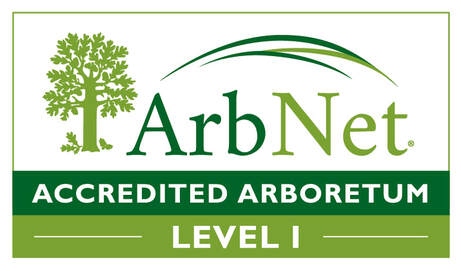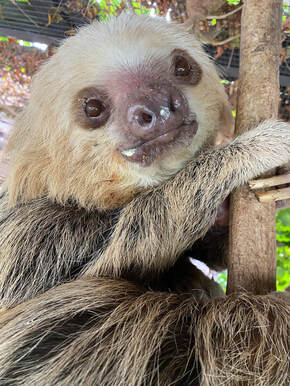 Photo By: Emma Carney Photo By: Emma Carney Written By: Jen Farrell Last week was Wolf Awareness Week, this week is Bat week, we celebrate our animals with such a fast pace. Allow me to help slow things down. Friday, October 20th was International Sloth Day! Being late to the party as the calendar hits October 26th, it seems to be in good fashion to take our time and introduce the slowest mammal on the planet. Divided between two families of three-fingered to two fingered Sloths, there are currently six living species. At Connecticut’s Beardsley Zoo we have two-toed Sloths known as the Hoffman’s Two-toed Sloth. We affectionately know them as Hope (b.1993) and Rhubarb (b.1990). Both live in our Rainforest Building and serve as ambassadors for their kind, in addition to being genetically valuable individuals in the Association of Zoos & Aquarium’s Species Survival Plan.
0 Comments
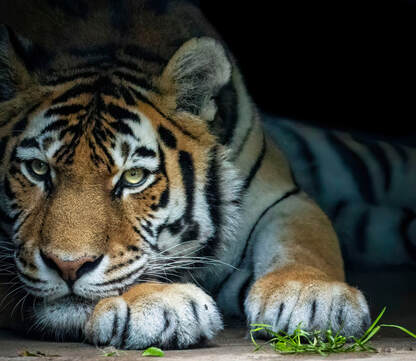 Photo by Jack Bradley Photo by Jack Bradley Written By: Rob Tomas, Animal Curator If only it was that easy! Moving a tiger from zoo to zoo (or any animal for that matter) takes a lot of time, preparation, many staff members, and patience-- and did I mention time? Did I mention patience? When a recommendation comes to us from the Taxon Advisory Group (TAG) to move an Amur tiger to a new facility, we start with careful, lengthy discussions amongst the animal care management team, which includes the Zoo Director, Animal Curator, Senior Animal Care and Veterinarian. (So far: 4 staff members.) Once we have had an internal discussion, the Curator will reach out to the receiving institution to discuss if they have received the recommendations and have internally discussed whether they can receive the animal (3-4 staff members on their side). If the answer is yes, now the work begins. 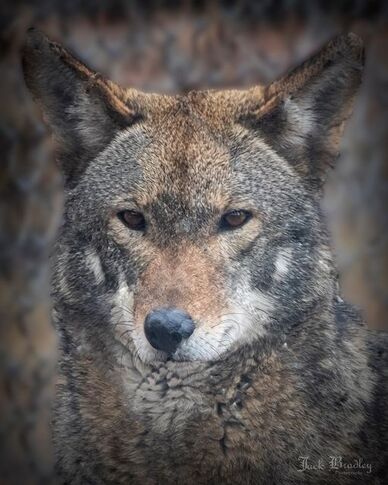 Photo Credit: Jack Bradley Photo Credit: Jack Bradley Written By: Andrew Connolly A patter of footfall. A silent swipe of fur. A soft pant of breath. These are the signs of a wolf moving by, an animal ingrained in our nation’s, and the zoo’s, conservation story. This National Wolf Week, we celebrate all wolves this week, especially the American red wolves and the Mexican wolves that call the zoo their home. When we look around at the world around us, we can find signs of wolves everywhere. They appear on television, as sigils of famous houses for their strength and intelligence. They appear as sporting mascots, known for their speed and coordination. What they are though, are some of nature’s most perfect animals, and an example of nature’s strength, speed, and intelligence. The American red wolf, a species with less than 20 known individuals, and an estimated 30-40 total wild individuals, is one that can be found here at the zoo. Connecticut’s Beardsley Zoo is a proud participant in the Association of Zoos and Aquariums (AZA) Saving Animals From Extinction (S.A.F.E.) program, where zoos collectively harness internal and external resources to support species in need. With a limited population, and a limited range, constrained to just a small region in North Carolina, the zoos work to support the population in the AZA system, with reintroductions to the wild a hope for the future. Connecticut’s Beardsley Zoo has helped to release pups reared at the zoo into the wild and have hopes to breed new pups in the future, if residents Taylor and Peanut are a match. So, who are these two special guests? 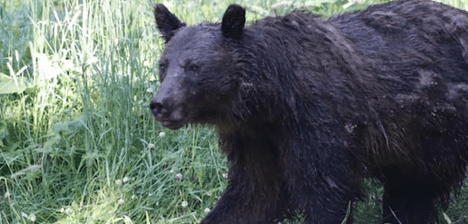 Photo credit T.J. Altieri Photo credit T.J. Altieri Written By: Jim Knox Featured in Greenwich Sentinel Cryptic at first, I glimpsed the great creature’s form through the dappled early morning light filtering through the Lodgepole pines. Brief and tantalizing, my view disappeared as she ambled behind dense foliage. With such a rare sighting, thankfully, I was not alone. Guided by the Yellowstone Forever Institute, my colleagues and I were leading students from Connecticut’s Beardsley Zoo’s Conservation Discovery Corps on our inaugural Yellowstone National Park Eco-Expedition. Hunkered in the institute’s compact bus, our excited chatter drew to a hush. With excitement masked as patience, we waited. After a time, the rustling of pine boughs marked the animal’s movement just 25 feet away, and then she lumbered out from the realm of wilderness legend and into the same bright morning sunlight we beheld as if she owned the place—which in essence, she did. In that moment, my expedition mates and I beheld one of nature’s true wonders—a creature whose mere presence evokes silence and awe. |
Archives
July 2024
|
Connecticut’s Beardsley Zoo is dedicated to acquainting a diverse public to the delicate balance that exists between living things and their environment.
Connecticut's Beardsley Zoo is a 501(c)(3) not for profit owned and operated by the Connecticut Zoological Society.
Connecticut's Beardsley Zoo is a 501(c)(3) not for profit owned and operated by the Connecticut Zoological Society.
© 2022 Connecticut's Beardsley Zoo

 RSS Feed
RSS Feed

